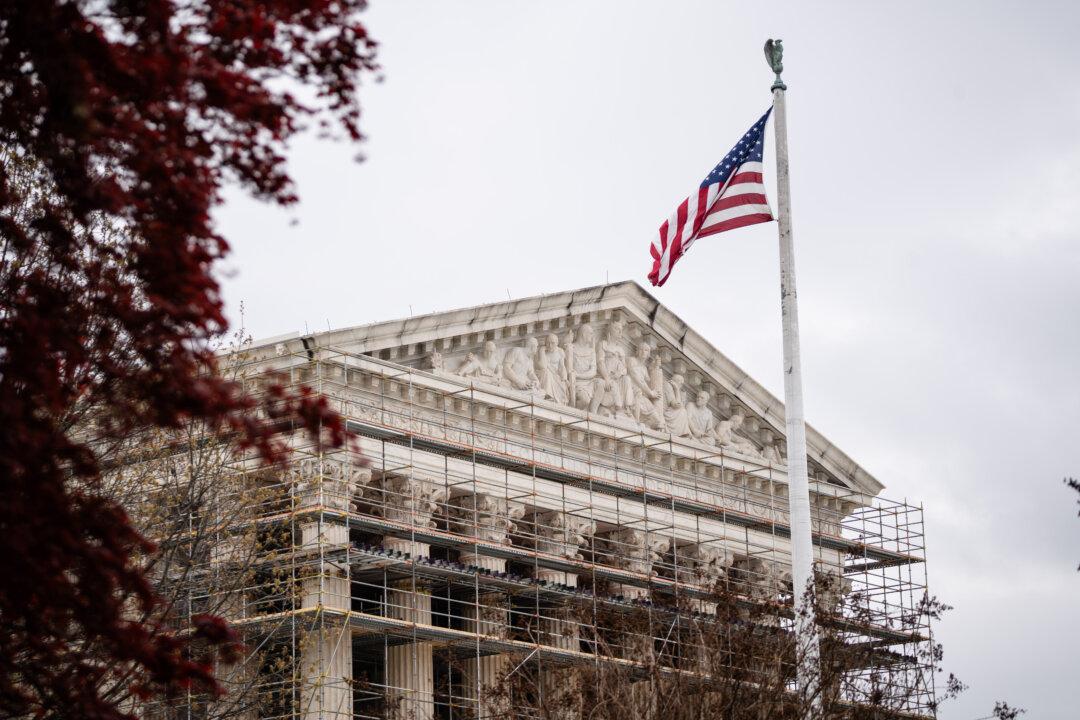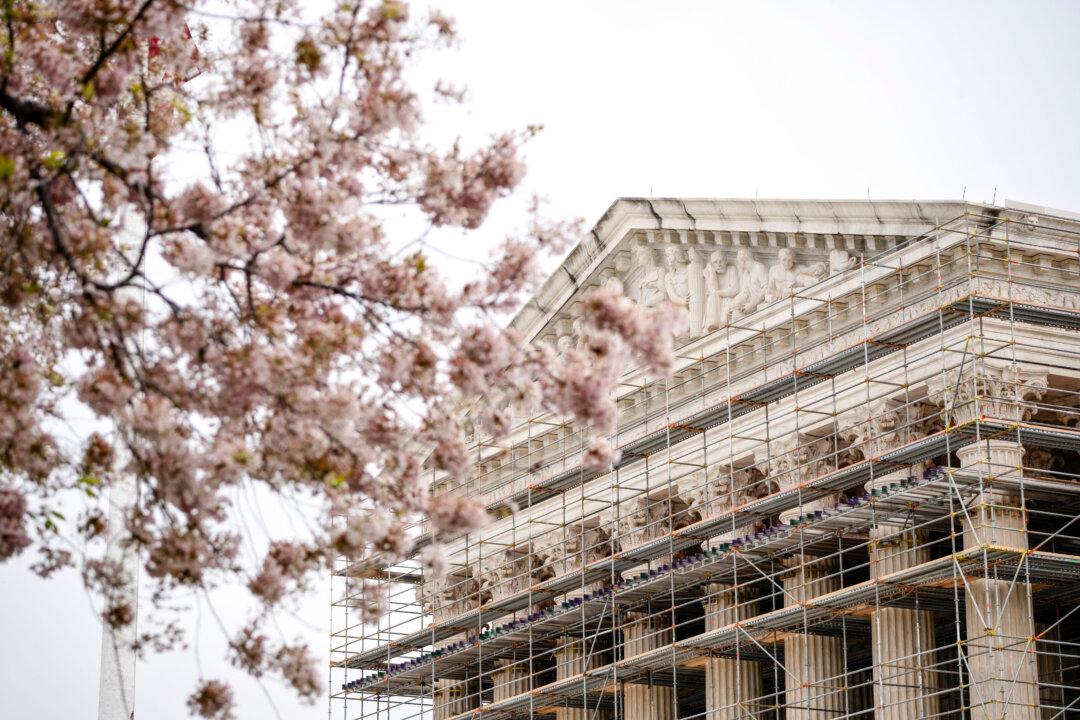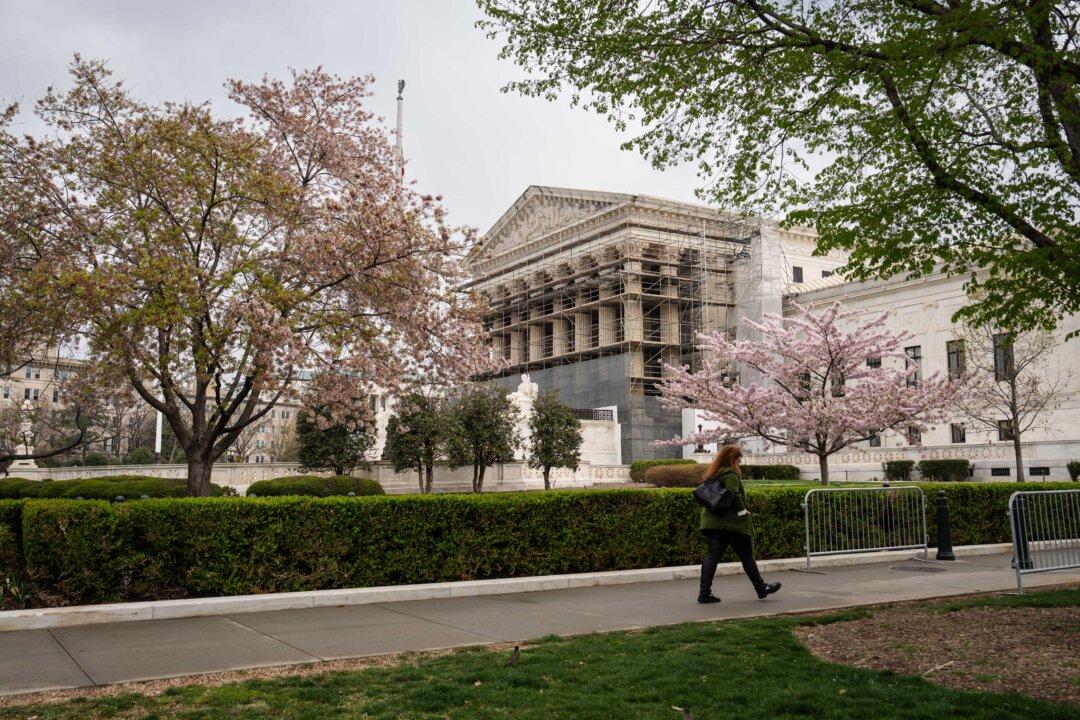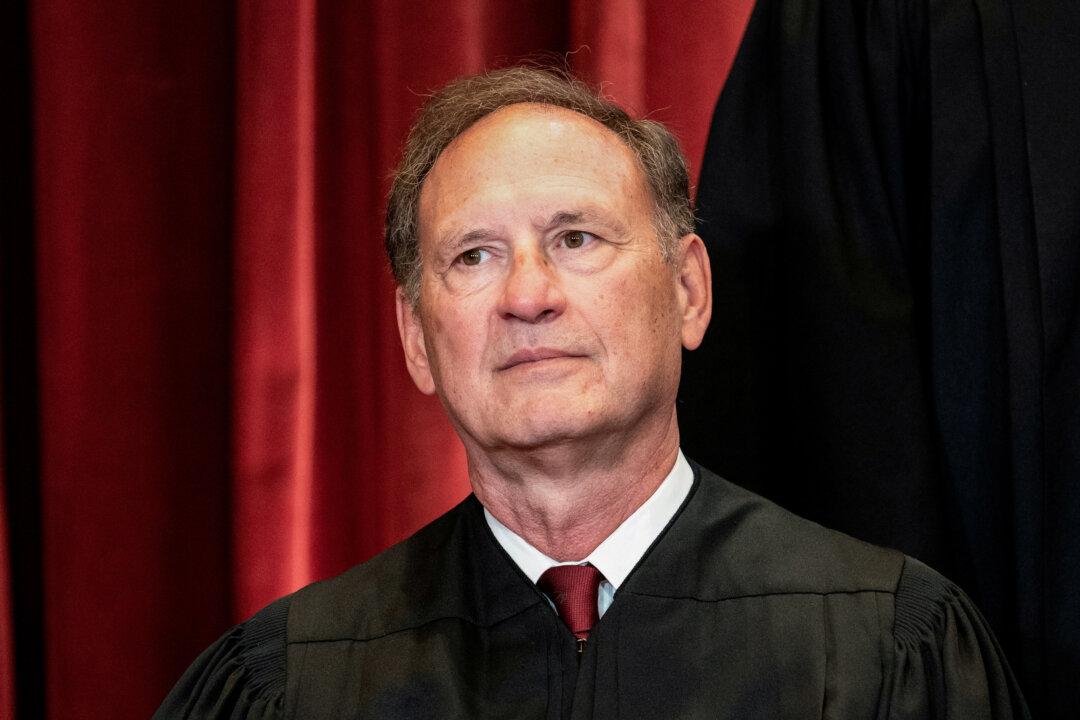Both the Biden administration and two states opposing it in high-stakes litigation told the Supreme Court that it has the power to decide the central legal questions in a case about the Trump-era “Remain in Mexico” program that requires non-Mexican asylum-seekers arriving at the southern border to wait in Mexico for processing.
Texas and Missouri argue in Biden v. Texas, court file 21-954, that President Joe Biden is breaking the law by ending the program.
Upon taking office, Biden cut off enrollments in the program, part of the Migrant Protection Protocols (MPP) created by Congress when Bill Clinton was president. The Trump administration had announced in 2018 that it would enforce the dormant program in order to curtail the practice known as catch-and-release, in which individuals would make fraudulent asylum claims knowing they would be let into the United States and be able to stay for years before their court appearance.
But in August last year, at the request of Texas and Missouri, U.S. District Judge Matthew Kacsmaryk in Texas ordered the government to continue enforcing the MPP policy until “lawfully rescinded.” The Biden administration had failed to properly justify ending the policy and failed to uphold a 1996 law requiring the detention of certain migrants, the judge held. The U.S. Court of Appeals for the 5th Circuit affirmed Kacsmaryk’s ruling.
U.S. Solicitor General Elizabeth Prelogar said at the hearing that Homeland Security Secretary Alejandro Mayorkas “exercised his statutory discretion to make a policy judgment” and “found that the benefits of MPP were outweighed by its domestic, humanitarian, and foreign policy costs.”
Texas Solicitor General Judd E. Stone II told the justices that the law generally requires that the United States detain migrants or send them back to Mexico. If it lacks the resources to detain them, it should return them to Mexico so they can wait there for asylum processing, he said.
Biden v. Texas offers a window into how the secretive justices deliberate on cases after oral arguments have been heard. Occasionally, the high court seeks out attorneys for additional briefings when a case is particularly complex, or it believes, in retrospect, that certain issues at the hearing weren’t as well fleshed out as they could have been.
Public interest in the Supreme Court’s opaque deliberative process has grown since May 2, when Politico published a leaked draft majority opinion in Dobbs v. Jackson Women’s Health Organization, a pending case. The leaked draft suggests that a majority of the Supreme Court’s justices are ready to reverse Roe v. Wade, the seminal 1973 precedent that federalized abortion policy, overriding the states and making the procedure lawful throughout the entire United States.
“There is no general jurisdictional impediment to this Court answering this question presented,” officials from the two states wrote in the document.
“Neither 8 U.S.C. § 1252(f)(1) nor petitioners’ litigation choices prevent this Court from affirming the district court’s order enjoining the [Biden’s administration’s] June Termination of the Migrant Protection Protocols.”
Adopting the 5th Circuit’s interpretation of Section 1252(f)(1) “would undermine” the “carefully designed system [in the Illegal Immigration Reform and Immigrant Responsibility Act of 1996] for limiting and channeling judicial review and authorize judicial micromanagement of immigration enforcement,” the federal solicitor general wrote.





